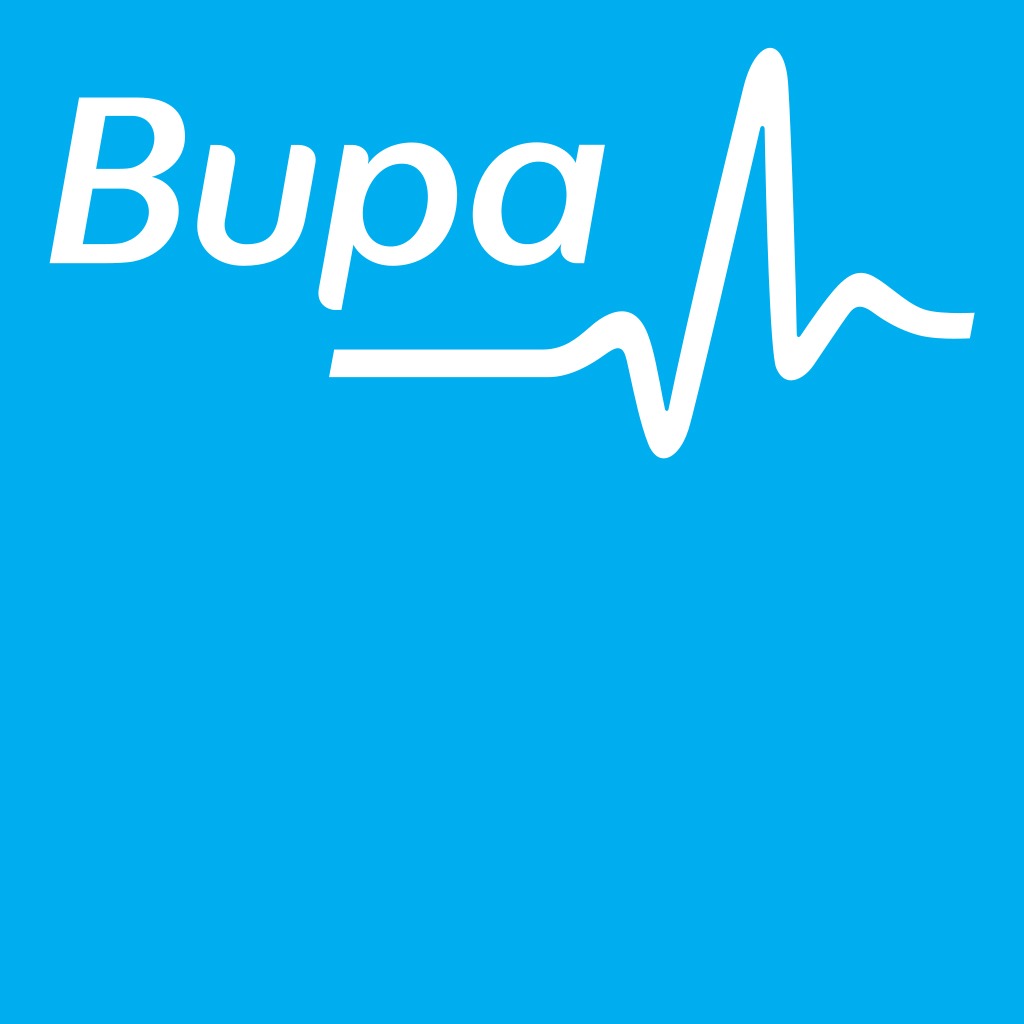Bronchiectasis
Information From The British Lung Foundation
Bronchiectasis is a long-term condition that affects the airways in your lungs.When you breathe, air is carried into your lungs through your airways, also called bronchi. The bronchi divide again and again into thousands of smaller airways called bronchioles. Your airways contain tiny glands that produce a small amount of mucus. Mucus helps to keep your airways moist, and traps the dust and germs that you breathe in. The mucus is moved away by tiny hairs, called cilia, which line your airways.
What is Bronchiectasis?
If you have bronchiectasis, your airways are scarred and inflamed with thick mucus, also called phlegm or sputum. Your airways become widened and cannot clear themselves properly. This means mucus builds up and your airways can become infected by bacteria. Pockets in the airways mean that mucus gets trapped and is likely to get infected.
Sometimes, if the number of bacteria multiply, your airways won’t be able to clear themselves and you’ll get a chest infection or a flare-up of your symptoms. It’s important to recognise and treat chest infections. If you don’t get treatment, your airways may be damaged further. The scarring around your airways can’t be reversed, but there are ways you and your health care team can treat and manage bronchiectasis.
What are the symptoms of bronchiectasis?
Symptoms vary between people. You may have one or two on the list below, or you may have most of them. The most common symptom is coughing up sputum, sometimes called phlegm. The amount varies. For people with more severe bronchiectasis it can be quite large amount, for example a full sputum pot in a day. Frequent chest infections are also a common feature of bronchiectasis.
Other symptoms you might have are:
- Feeling very tired or finding it difficult to concentrate
- Breathlessness: having difficulty breathing or feeling short of breath
- Problems with your sinuses
- Cough incontinence, also called bladder leakage
- Anxiety or depression
Less common symptoms include:
- Coughing up blood
- Chest pain
- Joint pain
- Difficulty in clearing mucus from chest
- Producing more sputum or phlegm than usual
You might get these symptoms all the time, or they might appear or get worse when you have an infection or breathe in smoke or fumes.
What causes bronchiectasis?
For up to half of people diagnosed with bronchiectasis, there’s no clear underlying cause. This is called idiopathic bronchiectasis.
Some illnesses linked to bronchiectasis include:
- Having had a severe lung infection such as pneumonia, whooping cough or tuberculosis (TB) in the past
- Inflammatory bowel disease, ulcerative colitis and Crohn’s disease
- Immune system deficiencies
- Arthritis disorders such as rheumatoid arthritis
- A problem with the normal structure or function of your lungs, such as primary ciliary dyskinesia
Other causes include:
- A severe allergic response to fungus or moulds such as aspergillus
- Gastric reflux
- A blockage of your airways, by items such as peanuts
Sometimes, people who have lived with chronic obstructive pulmonary disease (COPD) or asthma for many years develop bronchiectasis.
Treatment for bronchiectasis
Treatment aims to prevent further damage and infections, and reduce your symptoms.
You’ll have:
- Maintenance treatments which you take regularly to reduce the number of infections you get and keep you well
treatment for flare-ups or chest infections
Seeing a Physiotherapist is very important!
Other conditions causing your bronchiectasis will also be treated – for example problems with your immune system.
We can help you with giving advice on:
- Antibiotics and other medication
- Coping with flare ups and preventing chest infections
- Disease education
- Self-management of your condition and importance of sputum cultures
- Vaccinations
- Eating well and keeping a healthy weight
- Other treatments such as advice on reducing bladder leakage or cough incontinence
- Dealing with anxiety/mental health issues
At Chapman Physiotherapy, we can treat you with:
- Learning how to control your breathing
- Managing breathlessness
- Inspiratory muscle training to strengthen muscles that helps for your breathing
- Cough management and mucus or sputum clearance from chest by using specialist equipment
- Advice on Prevention and management of chest infections
- Inhaler technique incase if you are on any inhalers
- Advice on Oxygen and Nebuliser
- Information on singing and support groups
If necessary communicating with GP for onward referrals to specialists/investigations in hospital
You might get these symptoms all the time, or they might appear or get worse when you have an infection or breathe in smoke or fumes.
About Chapman Physiotherapy
At Chapman Physiotherapy Ltd we pride ourselves on offering a first class physiotherapy service in South Yorkshire. Based in Doncaster, our easily accessible location provides full disabled facilities and appointments are available from early morning to late evening.







